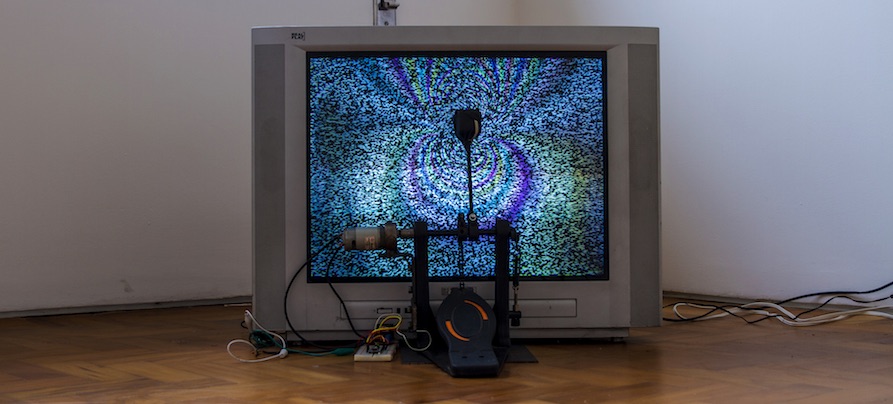
We are delighted to present a guest-edited issue of the Interference Journal. The editors Fernando Iazzetta, Lílian Campesato and Rui Chaves present Out of Phase, a selection of papers from the Sonologia 2016: Out of Phase conference. I would like to thank the team of editors at the Interference Journal, Tony Doyle, Rob McKay, Kate Carr, Brian Bridges and Stephen Roddy for finalising this latest issue.
Editor in Chief, Linda O Keeffe
_______________________________
This special edition (6th issue) of Interference: A Journal of Audio Cultures, edited by Fernando Iazzetta, Lílian Campesato and Rui Chaves, comprises of a peer-reviewed [1] selection of papers that were previously presented at the Sonologia 2016: Out of Phase conference. [2] This sound studies focused event took place in São Paulo, between the 22nd to the 25th of November (2016). The conference garnered a positive interest from a diverse set of researchers. In total, we had over 160 submissions in which we ended up selecting 40 presentations from 14 different countries that covered a wide array of areas and disciplines.
Full Text
